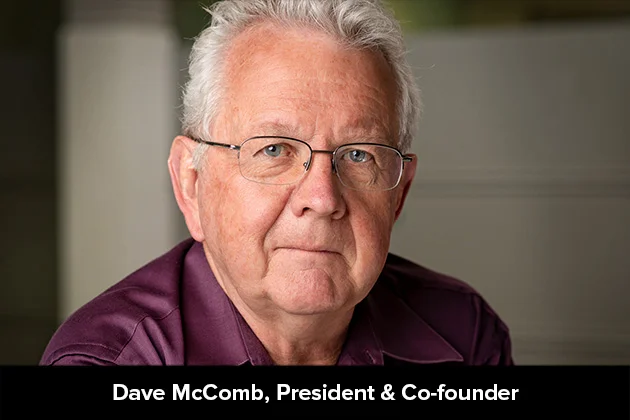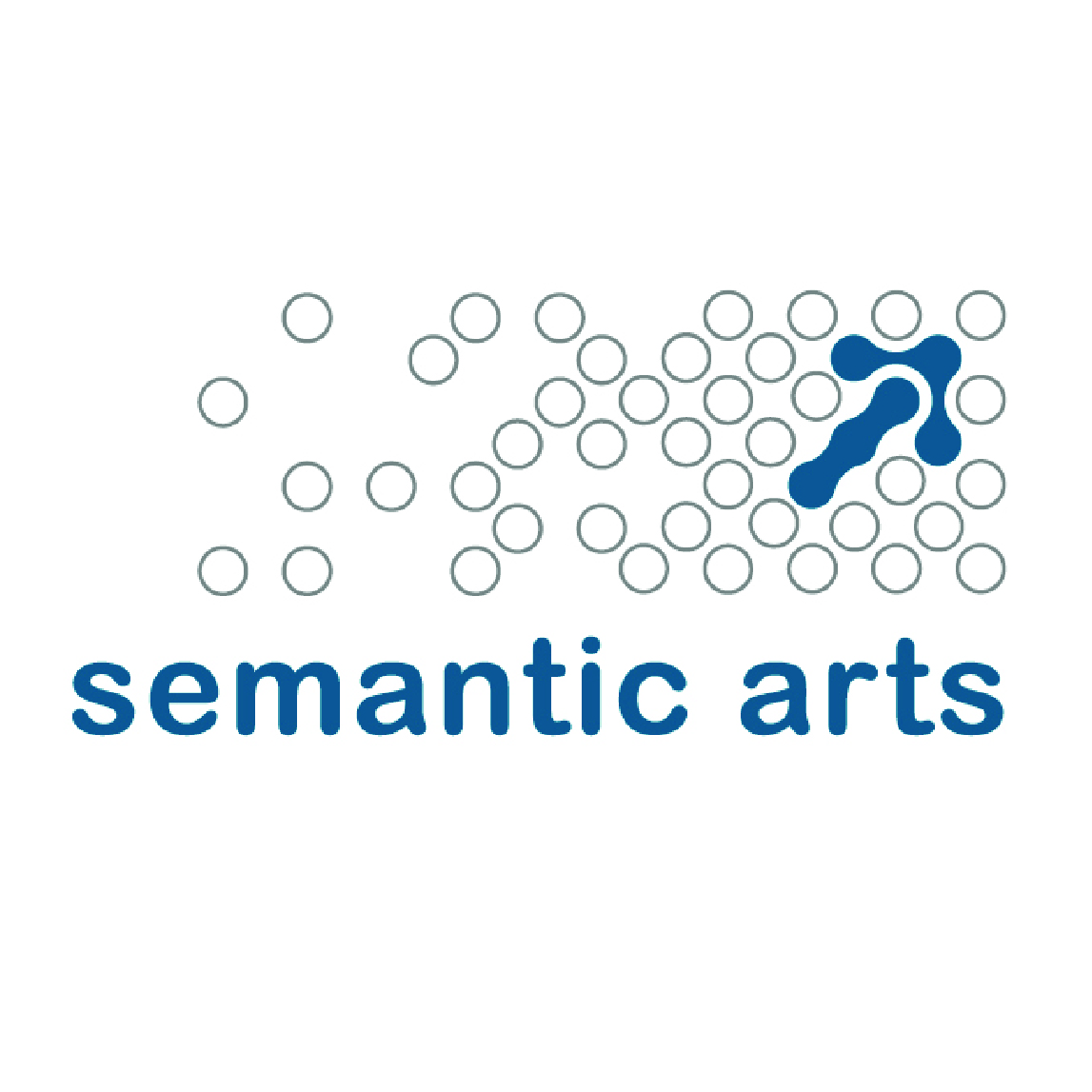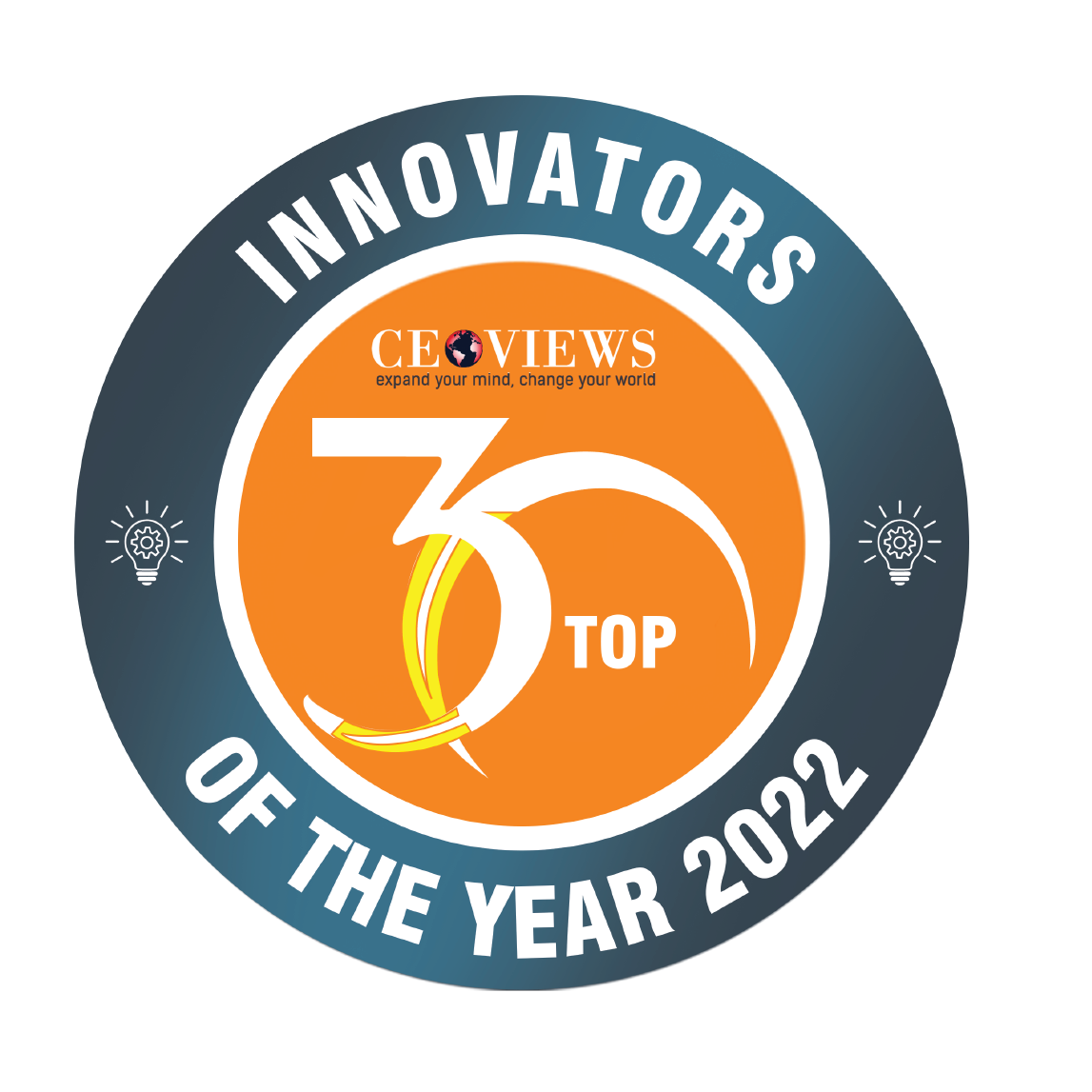Semantic Arts helps clients build these enterprise ontologies which serve as the core model for the firm, and an important pre-integration starting point.
Introduction
Almost every large company in existence has implemented thousands of application systems to solve their various business problems. These solutions create a bigger systemic problem: proliferation of data silos, and endless systems integration projects. The root cause of these problems is the “application-centric” approach to systems implementation.
Semantic Arts has created an approach that breaks the application-centric logjam. They call this paradigm shift becoming Data-Centric. At its core is the breakthrough idea that by rigorously applying semantic technology to the information landscape, it is possible to build an information model (an ontology) of even the most complex firm that is built on fewer than 1,000 concepts. To put this in perspective, each of the thousands of systems in a large enterprise have more than 1,000 concepts themselves (every table and every column or element of field is another concept that must be learned to be competent with the application). Most large, global enterprises are attempting to manage a data landscape with millions, often tens of millions of concepts. It represents a growing challenge with huge associated integration debt that continues spiralling without a core solution. Semantic Arts guides in reversing this trend by coaching and implementing data-centric principles to complement existing and future digital strategies.
Semantic Arts believes in a world where enterprise information is widely understood and easily accessible by all who have permission.
Semantic Arts helps clients build these enterprise ontologies which serve as the core model for the firm, and an important pre-integration starting point. Their preferred implementation is to leverage existing W3C standards and knowledge graphs. In tandem, Semantic Arts collaborates to identify a domain challenge whereby harmonizing disparate data for answering compelling business questions delivers value. Once a first version of the core model has been established, Semantic Arts helps clients prove that the model is comprehensive and at sufficient detail to integrate all the data of the firm. In addition, a pilot (with real data) showcases how previous impractical or impossible answers are realized with the domain model coupled with semantic graph capabilities. Early iterative project typically involves combining a few adjacent domains that had previously been hard to harmonize into the Knowledge Graph and demonstrating what simplified and harmonized data can really do. From there most clients expand the footprint of domains to integrate in parallel an architectural foundation such that future systems can be built without returning to the application-centric legacy approach. This building block serves as the “Rosetta Stone” for further advancement in findability, accessibility, interoperability, and re-usability (FAIR) characteristics across the enterprise data-scape.
Dave McComb, President and co-founder of Semantic Arts was with the CEOViews team to share details on their business.
Dave is a hands-on practitioner and thought leader in the area of applying semantic technology to Enterprise Architecture and applications. For 22 years at the helm of Semantic Arts he has led Semantic and Data-Centric projects for dozens of Fortune 1000 clients including: Morgan Stanley, Amgen, Standard & Poors, International Monetary Fund, Electronic Arts, Verizon, Price Waterhouse, Procter & Gamble and Goldman Sachs. Dave is the author of Semantics in Business Systems, Software Wasteland, and The Data-Centric Revolution and he is a frequent speaker and writer on the topic and has inspired many to enter the field.
Prior to founding Semantic Arts, Dave co-founded Velocity.com where they built and patented the first fully model driven development environment. Prior to that he spent 13 years with Andersen Consulting (the part that became Accenture) designing and building Enterprise Applications for large firms, including Boise Cascade, Georgia Pacific, Wildish Construction, Norton Abrasives, the US Geological Survey, Bougainville Copper, US West and Martin Marietta (now Lockheed Martin).
Vision & Mission of Semantic Arts:
Vision: Semantic Arts believes in a world where enterprise information is widely understood and easily accessible by all who have permission. The overarching implementation practice embraces a committed focus for “paying it forward” driving the business model towards a simpler, more data-centric viewpoint.
Mission: To lead as many firms as possible on their journey to a data-centric future.
Evidence of this mission being accomplished comes in the form of a thriving community of Data-Centric visionaries and practitioners. It continues to grow in numbers and corporate influence. As industries shift and inertia gives way, new best of breed information management practices will take shape. Semantic Arts actively sponsors events, open forums, webinars, videos, and thought leadership symposiums to educate on lessons learned as data centricity can be achieved in many different forms.
Semantic Arts History
Founded in 2000, Semantic Arts got its start designing semantic architectures that often languished on bookshelves. The firm pivoted to become enablers, and began building architectures, loading the architectures with ontologies and populating them with triples. In short, they decided to help clients through the adoption process. During this time, a refined implementation methodology crystallized and tools to make this process predictable and repeatable emerged.
In 2020, Semantic Arts Canada and Semantic Arts UK were formed to better serve their clients and attract top talent from around the globe. With a team of nearly 30 employees, Semantic Arts is well positioned to continue serving existing and new clients along their journey towards a data-centric future.
Semantic Arts has also been the proud recipient of the 2019 “Mercury 100 Fastest-Growing Private Companies in Northern Colorado, the 2020 Silicon Review “30 Best Small Companies to Watch”, the 2021 Silicon Review “30 Innovators to Watch” and the 2022 “Colorado Companies to Watch” awards.
Methodology
Their methodology is based on combining the ‘gist’ upper ontology along with the latest developments, tools, and technologies. A collaborative, apprenticeship delivery model by a highly experienced team together with a proven methodology drives real results, in less time and for less money than the alternative “application centric solutions” being proposed. Unlike most solutions, NO platform or SaaS purchase is required. NO vendor lock in.
‘‘SEMANTIC ARTS IS WELL POSITIONED TO CONTINUE DELIVERING RESULTS FOR THEIR CLIENTS AS WELL AS CONTRIBUTING TO THE FIELD AT LARGE.’’
The Methodology is Called “Think Big / Start Small”.
These days most initiatives start small and serve as the essence of agile. However, Semantic Arts pragmatic experience shows that only starting small leads to silos and dead ends. Conversely, thinking (and executing) big often leads to grandiose plans that collapse under their own weight, witness the dismal track record of Enterprise Data Modeling.
Semantic Arts discovered that it is possible to execute both in parallel in a fairly short period. Semantic Technology + Methodologies + starting points (gist as well as many specific domain models) gives them the high probability of building an Enterprise Ontology in a few months.
In the “start small” portion of the project they bring data from at least two previously difficult to integrate sources and show how the ontology and linked data bring them together can answer compelling business questions based on data. The “start small” portion of the project keeps the “think big” portion tethered together for greater re-usability and inherent extensibility of the model. This capability enablement represents a departure from applications serving as a gatekeeper for accessing data thereby supporting reduced integration debt and needless coding.
Innovations & Challenges:
As they look to the future, Semantic Arts is well positioned to continue delivering results for their clients as well as contributing to the field at large.
Semantic Arts continues to develop innovative solutions to solve modern information systems problems while staying true to their core values, mission, and vision. This has made Semantic Arts a highly desirable place to work and partner with and provides a solid foundation for future growth and innovation.
Addressing gnarly enterprise information management challenges with a “meaning based” design, Semantic Arts believes that more digital transformation opportunities will arise. Business disruption and the need for agility is not going away. Changing mindset in approaching data as an enduring, re-usable asset takes time. Their data-centric principles bring a core discipline that challenges status quo data architecture practice. Democratizing data for secure, future-proof knowledge sharing represents a noble goal.












